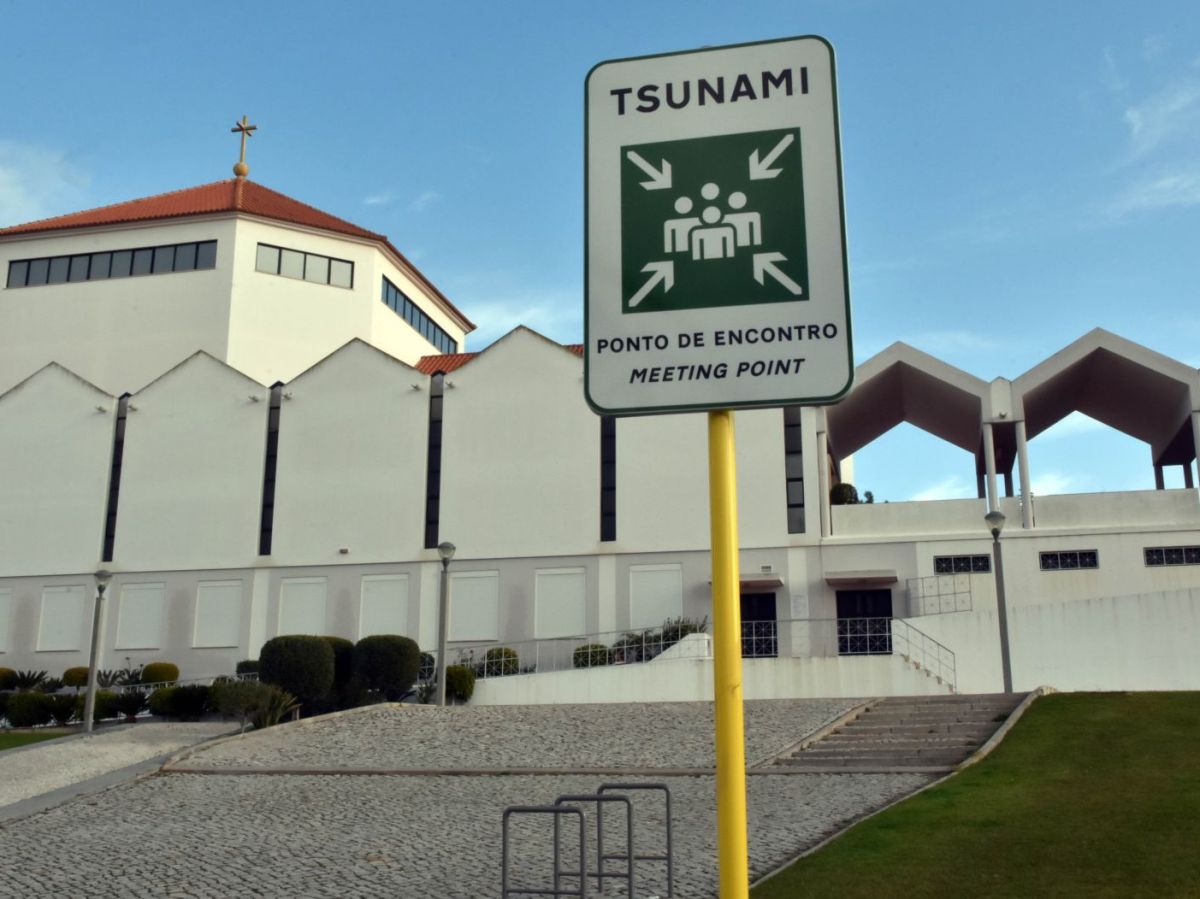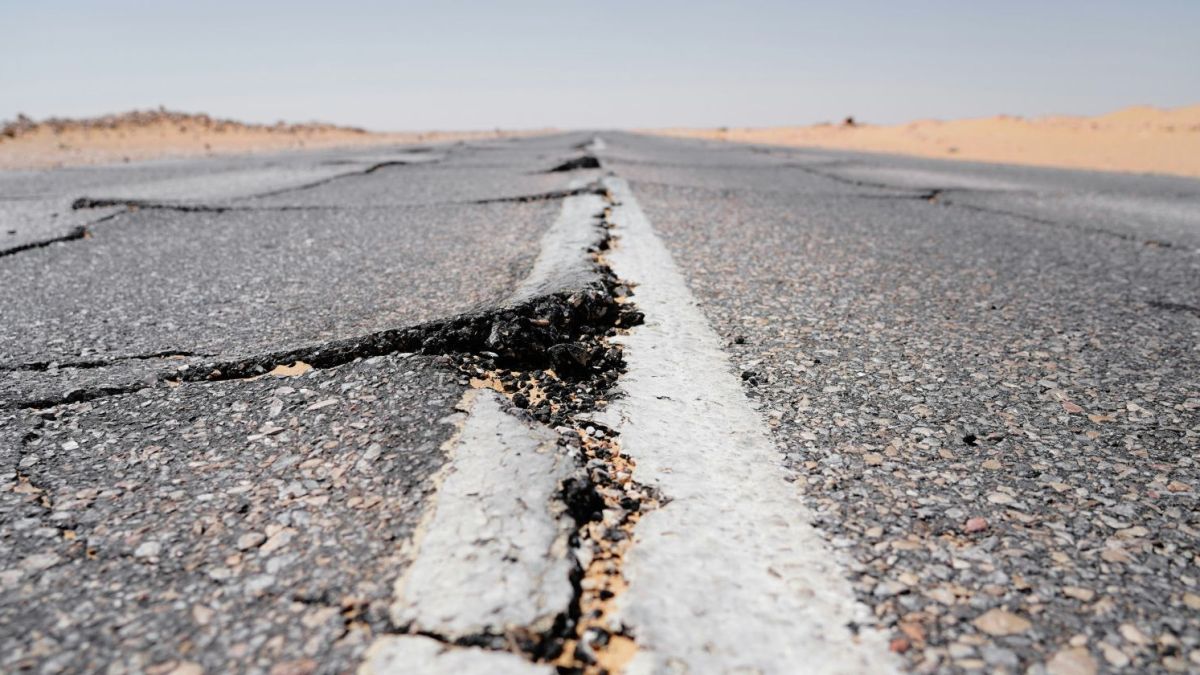“No, I cannot say that the risk of a tsunami is low. The danger is low (…) because of the tectonics of the area,” declared Rachid Omira, speaking to Lusa at the end of a journalists' visit to the Portuguese Tsunami Warning Center at IPMA.
The expert explained that, compared to the Pacific area where earthquakes are very frequent, it can be said that “the danger of a tsunami on the Portuguese coast is low due to the return periods of large earthquakes.”
Omira pointed out that for an earthquake similar to the one in 1755 – which was one of the deadliest ever, with a magnitude close to 9 on the Richter scale and followed by a tsunami – it takes “more than 1,000 years,” but, he warned, “that doesn’t mean it can’t happen tomorrow.”
There are “several” tectonic faults nearby and, “certainly, one of them already ruptured in 1755, but the others could rupture at any moment,” he specified.
According to the expert, tsunamis were identified in Portugal in 1941, due to a large earthquake that occurred on the Glória Fault, in the Azores-Gibraltar Fracture Zone, and in 1969, due to an earthquake of magnitude 8 in the same area as the one in 1755.
It was “a small tsunami,” but “it was recorded along the entire Portuguese coast,” he said, drawing attention to “other tsunamis of non-seismic origin,” such as “the tsunami in Madeira and the Azores, due to the collapse of the flanks of the volcanic islands.”
The Portuguese Tsunami Warning Center has existed since 2017, having been recognised by the Intergovernmental Oceanographic Commission (IOC) of the United Nations Educational, Scientific and Cultural Organization (UNESCO) in 2019.
Alerts
Since it has been operational, it has issued several alerts, “but only to inform (…) there was no great risk of coastal impact.”
Approximately two dozen earthquakes are detected daily at the centre, but information about the possibility of a tsunami is only given for those with a minimum magnitude of 5.5.
As part of the Northeast Atlantic, Mediterranean and Connected Seas (NEAM) region, the Portuguese center also has to alert countries along the entire northeast Atlantic coast, including Spain, Morocco, France, the United Kingdom, Germany, Greece, Italy, and Turkey. The network is managed by the IOC.
In addition to land-based seismic stations and tide gauges along the coast to monitor seismic activity and sea behavior, a submarine cable with sensors is being installed, connecting mainland Portugal and the archipelagos of Madeira and the Azores.
These sensors will be "capable of detecting the tsunami before the wave reaches the coast," because tide gauges alone can only confirm a tsunami once it arrives, Rachid Omira added.











